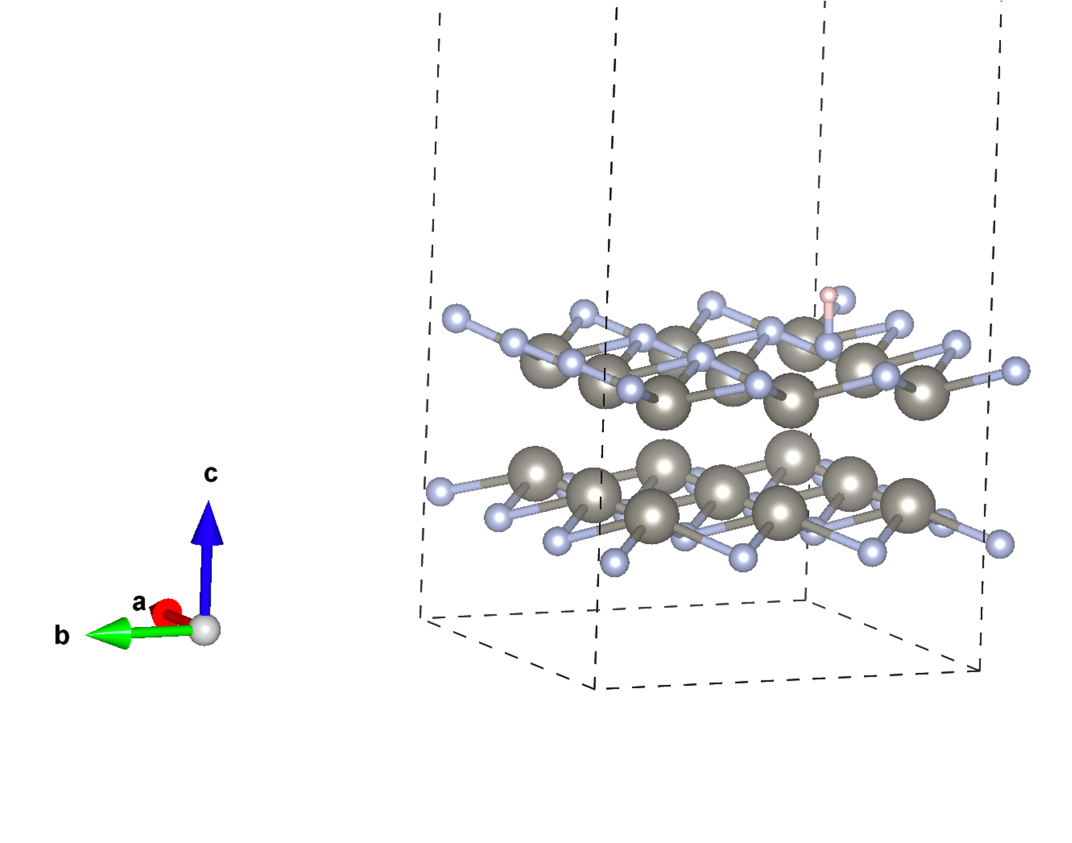Computational Investigation of 2D Materials for Catalytic Activity.
In the past decade, the scientific community has been captivated by two- dimensional (2D) materials, driven by their extraordinary physical, electrical, chemical, and optical properties. These distinctive characteristics have sparked keen interest in identifying novel 2D materials suitable for diverse applications, ranging from catalysis and gas sensing to other areas. Among the array of discovered 2D materials are silicene, germanene, boron nitride, penta-graphene, metal dichalcogenides, and metal oxides. Our research focuses on the computational exploration of new stoichiometric and non-stoichiometric 2D materials, particularly for catalytic applications. Leveraging the powerful USPEX (universal structure predictor: evolutionary crystallography) computational tool, we aim to predict and identify materials with optimal properties. This approach allows us to streamline the search for novel 2D materials, offering potential breakthroughs in catalysis and beyond.
